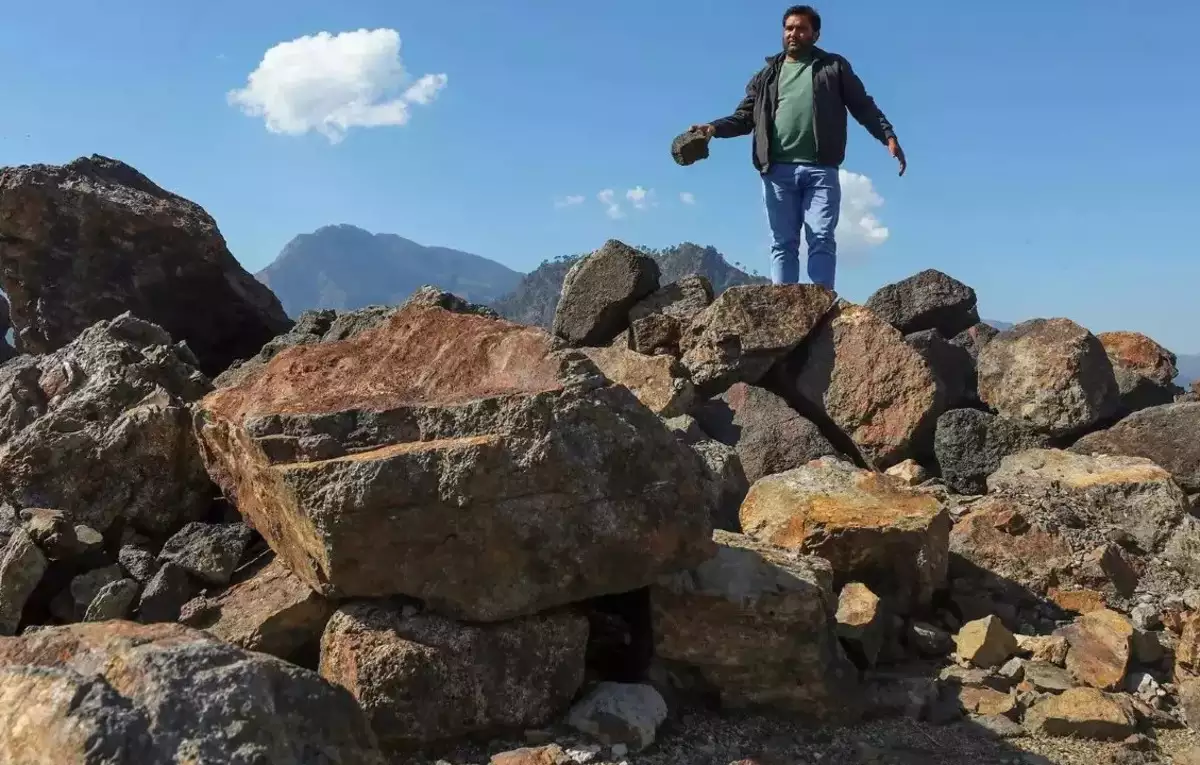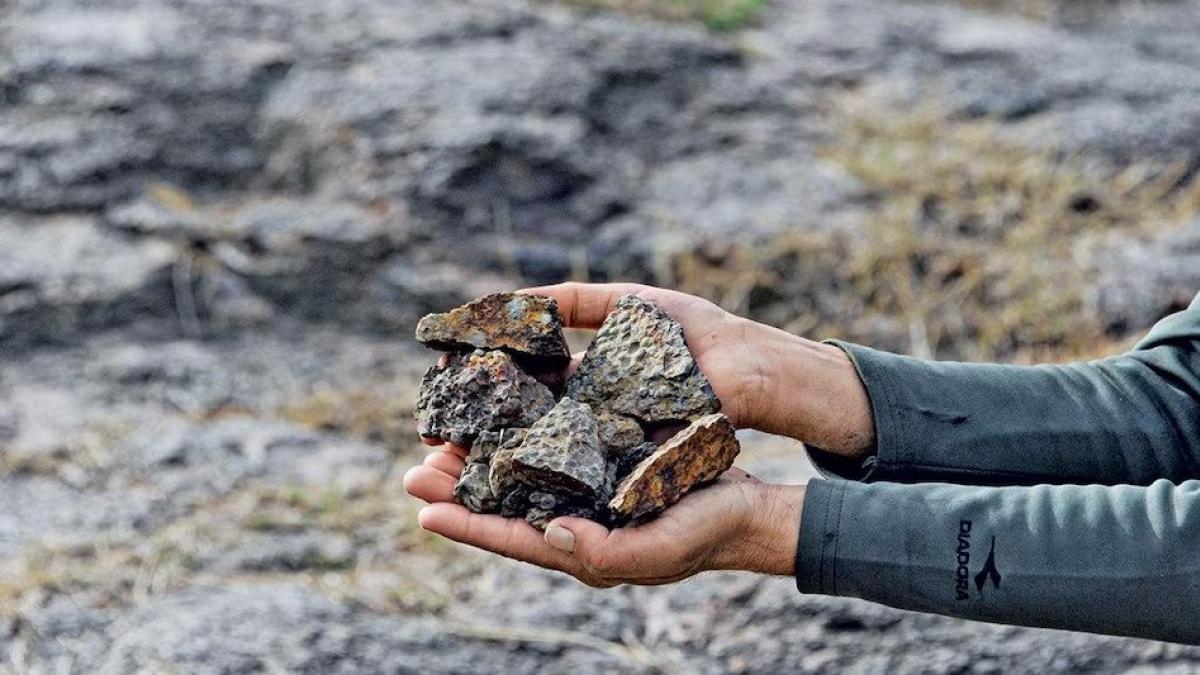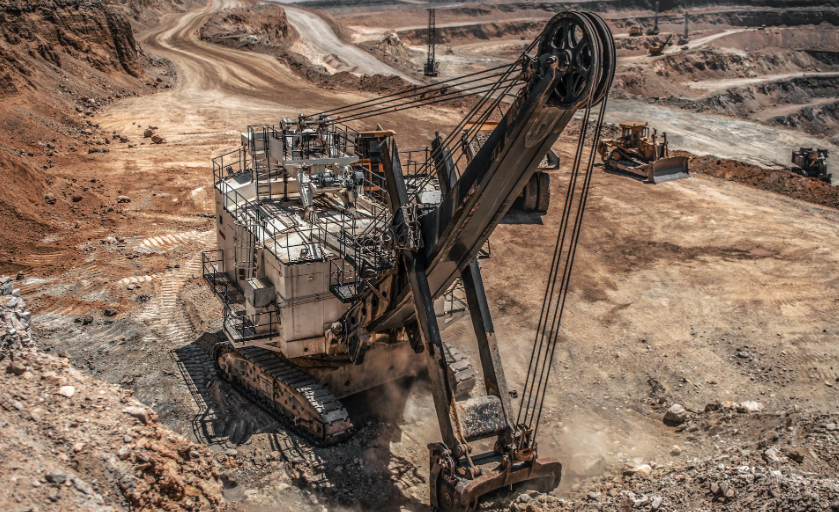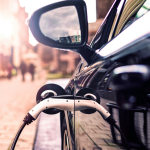Why the Recent Lithium Discovery in J&K Won’t Help India’s EV Growth Right Now
The Indian government said a month ago that Jammu and Kashmir had made the first discovery of lithium there, claiming to have found 5.9 million metric tons. However, analysts countered that the state’s Lithium reserves had been discovered as early as 1999. As a result of its widespread use in battery production, lithium has earned the nickname “White Gold.” They are employed in smartphones, electric vehicles, and other electronics due to their increased density. As of right present, India has the world’s sixth-largest Lithium deposits. There are 51 mineral blocks in 11 states: Jammu and Kashmir (UT), Andhra Pradesh, Chhattisgarh, Gujarat, Jharkhand, Karnataka, Madhya Pradesh, Odisha, Rajasthan, Tamil Nadu, and Telangana; five of these blocks are related to gold; the others are related to commodities like potash, molybdenum, base metals, etc.
India is now making numerous initiatives to encourage the development of the electric car industry and to make such vehicles more accessible to the general public. It has been speculated by academics and government authorities that this enormous discovery of Lithium will stimulate the production of EV battery cells. India needs investment of Rs 33,750 crore to boost the expansion of lithium-ion battery production, according to the Council for Energy, Environment, and Water (CEEW). The country’s lithium battery output is predicted to reach 70–100 GWh by 2030’s end. Experts in the field of automobiles in the country are hopeful about the discovery’s implications for the future of the electric vehicle sector. Director General of SMEV and Hero Electric CEO Sohinder Gill said, “We applaud the government’s efforts in finding an Indian lithium resource,” as reported by CircuitDigest.It’s a major victory for the country. Nowadays, only a select few countries are reliable sources of lithium for the battery industry. The price of lithium makes up about 15% of the total battery price. If we can buy lithium from the Indian reserve for 2/3 the cost of the imported material, the price of batteries might drop by 5%, making EVs more affordable. If we can get enough lithium from Indian reserves, the electric vehicle industry will become “Atmanirbhar,” and Chinese companies’ monopoly on the raw material would weaken even further.
The finding of lithium in J&K is a boon for India’s efforts to ramp up production of batteries for use in automobiles and consumer devices. By 2030, the worldwide need for energy storage for passenger EVs alone is projected to exceed 3.8TWh, according to a survey by Counterpoint Research. Energy storage needs in 2030 will skyrocket due to rising demand from both CVs and renewable energy sources like solar and wind. Lithium batteries are currently the most reliable energy storage option, while other battery chemistries are being explored. It’s a race between China, Europe, and the United States to build battery factories. India’s position in the global energy market will be bolstered by the country’s newly discovered lithium resources.

India’s Current Lithium Mining Scenario and Possible Challenges
As of the year 2022, the majority of the battery cells used in India’s battery pack assembly were imported from China. The Ministry of Commerce and Industries reports that between April and December of 2022-23, India imported lithium and lithium-ion batteries valued at Rs 163 billion. To meet its PLI target of 50GWh of ACC capacity by 2030, India approved a budget of Rs 18,100 crore in 2022. It is anticipated that the ACC PLI will increase the use of electric vehicles in India and improve the country’s standing in the energy sector. By 2030, electric vehicle (EV) sales in India are projected to account for over 65% of the market, or over 24.5 million units. Abhik Mukherjee, Research Analyst at Counterpoint, said in an exclusive interview with CircuitDigest, “the discovery of lithium along with the 2023 budget announcement of reduced excise duty on machinery required for manufacturing lithium-ion batteries will help India achieve its electric vehicle and energy generation targets at a much lower cost.” New battery factories will open, the mining industry will see an uptick, and more jobs will be created as a result.
The deposit was discovered in the Salal-Himalaya region, a geographically fragile area. Heavy mining activities in the earthquake-prone area are feared to cause ecological harm. Furthermore, the process of lithium extraction uses a lot of water. To get 1 tonne of lithium, over 2 million liters of water are needed. The ecological system in the area will be severely stressed as a result. Experts have proposed solutions for sustainable mining, but the added expense will cut into income and cut into profits. India does not have the capability to extract lithium at this time. Lithium extraction is projected to be outsourced to foreign corporations at the outset due to India’s openness to 100% foreign investment in the mining sector, which is bad news for India’s indigenous mining industry. However, we believe that India will eventually reap the rewards of this technology transfer. Abhik continued, “On top of all that, the government needs to minimize the dangers from extreme organizations operating around the J&K territory before the mining ever begins. The government will have to find creative solutions to the challenges posed by residents, climate activists, and radical groups in order to move forward with the project and achieve the desired greener future.
Experts from the Geological Survey of India (GSI) have stated that it is now time to assess how much of the newly discovered lithium is economically viable and extractable. The overall reserve size can be determined with more research. However, China’s years of experience in the extraction and refining of lithium, along with the state-of-the-art infrastructure and technological equipment currently at their disposal, give them a distinct advantage. India needs more funding, effort, and government support. Since lithium is typically found in rocks and other minerals, India also lacks experience in purifying these materials. The pebbles must be fractured, and then contaminated chemicals must be evaporated or removed using magnets. India has neither the expertise nor the reliable technology, machinery, or linked industries to carry out any of these tasks.
Dr. Sreedhar Ramamurthy, a senior geologist and earth scientist, spoke exclusively with CircuitDigest about the significant difficulties associated with extracting lithium in India: “There is huge euphoria over the reported 5.9 Million Tonnes of “inferred” lithium ore near Salal in J&K based on the preliminary survey by GSI. GSI has previously reported Lithium discoveries in Karnataka, but this one has received a great deal of media coverage. Extensive exploration is required before knowing the true size of the Lithium ore deposit and how much of it can be mined. In most cases, the percentage of lithium in the ore is under 2%. Lithium extraction technique needs to be located. The mining industry’s potential impact on the fragile Himalayan ecosystem is likewise a serious worry. Despite the fact that EVs may help reduce pollution in metropolitan areas, they appear to be yet another “false-solution” to the problem of climate justice.
Although the newly discovered Lithium is expected to boost the expansion of EVs in India, experts have made it apparent that major environmental depletion and concerns of soil degradation and air pollution could result from mining the resource without using a scientific approach. However, activities such as landfilling, refining, and open pit mining have a major impact on groundwater contamination and, consequently, biodiversity loss. One tonne of lithium requires about 2.2 million liters of water to be squandered during the extraction process from the ore. Experts note that there are a number of socioeconomic implications of mining in the Himalayan region, including the potential displacement of local residents. There are many indigenous villages in this area, and the government could encounter strong opposition to mining if it proceeds there.

Conclusion and Possible Solution
In May of 2021, the government of India launched a PLI scheme to fund the domestic production of Advance Chemistry Cells (ACC) at a cost of Rs 18,100 crore over a period of five years. Three bidders, including Reliance New Energy Limited, signed the PLI agreement in June of the same year. Most significantly, the country will have to keep importing because there are no viable alternatives and deadlines for different projects aiming at zero-carbon emissions are rapidly approaching. In addition, India promised to bring its emissions down to zero by the end of 2070 during the 26th United Nations Climate Change Conference of the Parties (COP26) in Glasgow in 2021, making the finding of lithium essential to meeting the targets in the coming years.
The International Energy Agency (IEA) predicts a global lithium scarcity by the year 2025, and a total of about 2 billion electric vehicles will be needed by 2050 to achieve the net-zero goal. However, global EV sales only hit 6.6 million units. Increasing demand isn’t the only thing threatening the lithium supply; the resources are concentrated in a small number of locations, and the majority of production occurs in areas that are severely water stressed.








